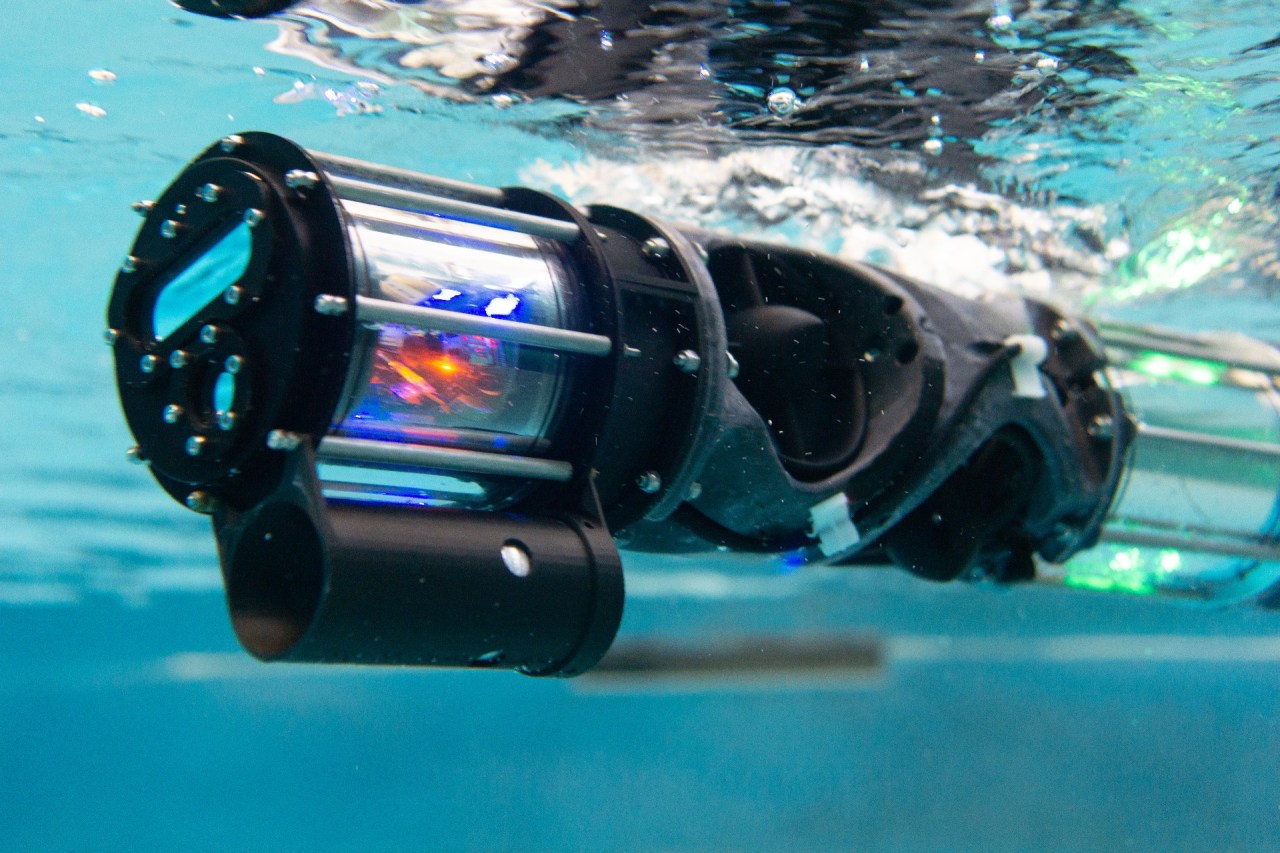Robotics has long fascinated enthusiasts and innovators with its promise of mimicking nature and solving complex problems. Among the pioneers in this realm is Carnegie Mellon University (CMU), which has developed the extraordinary snake robot, famed for its adaptability and ingenious design. Recently, CMU made waves in the robotics world by introducing swimming capabilities to this remarkable creature. Join us as we explore the fascinating developments surrounding this exciting technology.
The Evolution of the Snake Robot
Building upon its impressive history, the snake robot has carved a niche in the realm of biomimetic robotics. With each passing year, advancements in its design and functionality continue to inspire awe. CMU’s research team, under the guidance of professor Howie Choset, began rigorous tests of the snake robot’s swimming abilities in a specially designed pool last month.
Developed in collaboration with the Advanced Robotics for Manufacturing (ARM) Institute, this new iteration is called the Hardened Underwater Modular Robot Snake (HUMRS). The project commenced in July, showcasing a remarkable pace in development. As professor Choset himself noted, the key to this success was both the robot’s modular design and the talent of the team driving the project.
Modular Design: A Game Changer
The modularity of HUMRS is integral to its unique capabilities. This approach not only enhances its performance but also facilitates swift adaptations, making it suitable for multiple environments—land and water alike. Outfitted with a specialized housing for underwater navigation, HUMRS can easily maneuver in challenging aquatic conditions, much like how it effortlessly navigates tight spaces on land, such as pipes and crevices.
Real-World Applications
The versatility of the snake robot promises a multitude of practical applications. From military to civilian uses, its ability to inspect vessels in watery environments opens the door to new opportunities.
- Military Applications: The U.S. Defense Department is particularly interested in using HUMRS for the inspection of submarines and ships to assess any potential damage.
- Civilian Applications: Beyond the military, the capabilities of HUMRS extend to inspecting underwater rigs, tanks, and pipes—critical tasks often challenging for traditional robotic systems.
A Glimpse into the Future
The recent advancements at CMU certainly mark a significant milestone in the evolution of robotics. The incorporation of swimming features adds a layer of complexity and utility to the snake robot, demonstrating the university’s commitment to pushing the boundaries of what is possible in robotic engineering. With innovative thinkers at the helm, we can anticipate more ground-breaking developments in the years to come.
Conclusion
The snake robot from Carnegie Mellon University exemplifies the exciting intersection between technology and nature. With its new swimming abilities, the possibilities for real-world applications are vast, influencing both military and civilian sectors. CMU’s dedication to robotics innovation continues to inspire, providing us with a glimpse of the incredible future that awaits as we embrace the potential of biomimetic designs.
At **[fxis.ai](https://fxis.ai)**, we believe that such advancements are crucial for the future of AI, as they enable more comprehensive and effective solutions. Our team is continually exploring new methodologies to push the envelope in artificial intelligence, ensuring that our clients benefit from the latest technological innovations.
For more insights, updates, or to collaborate on AI development projects, stay connected with **[fxis.ai](https://fxis.ai)**.

